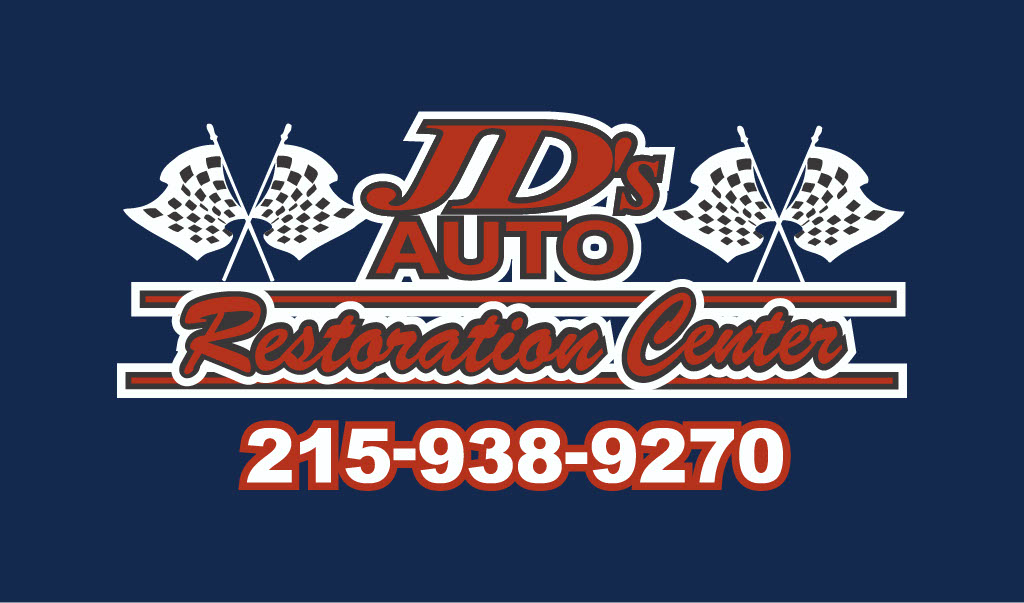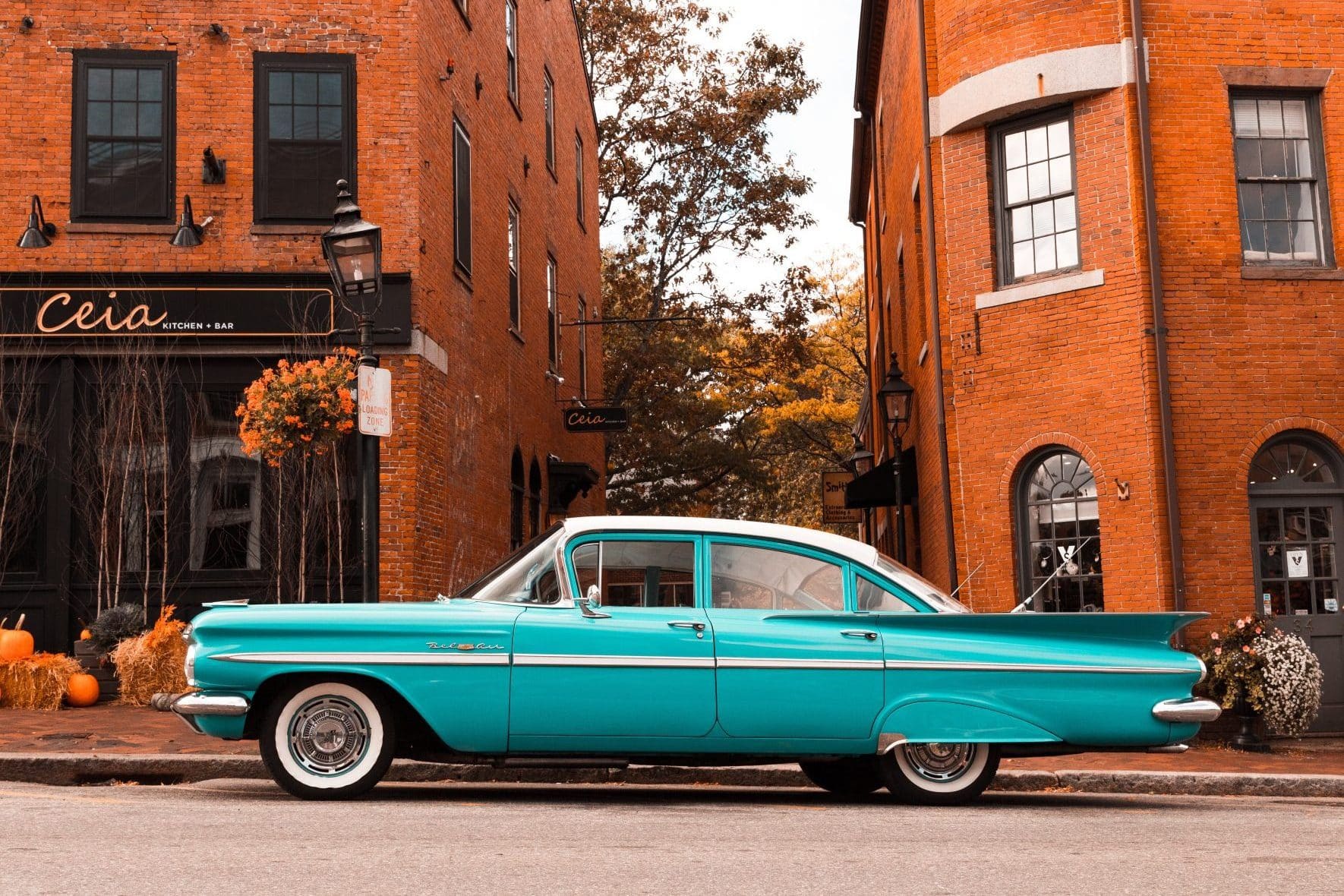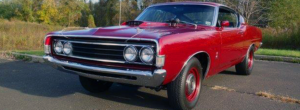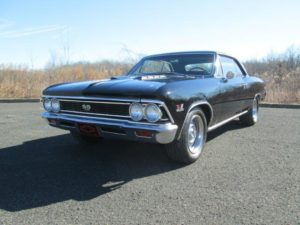Have you always been interested in restoring a classic car? At JD’s Auto Repair, we help all of our customers with a wide range of maintenance and repair needs. We know that classic car owners have an interest in restoring their vehicles, so we’ve got a few tips to help you choose the best car for your specific project.
Starting any classic car restoration project should always begin with selecting a vehicle that best suits your unique interests. Most people already have a particular car in mind that appeals to them, which can help make the selection process go easily. Other times, classic cars have been in the family for years or are bought because they are priced right. While these are acceptable reasons to choose a restoration car, you might want to closely consider whether you really want the car you end up buying.
Another consideration when choosing a classic car for restoration is the condition. Is the car drivable? Unless you have a lot of garage space, then choosing a non-drivable classic car might not be such a good idea. Even if you do have the storage space, it’s still recommended that you only buy a drivable car for your first restoration project. A car that doesn’t run has the potential to become unpopular rather quickly, whereas a car that runs is much more satisfying for project means.
It’s also recommended, especially for a first-time restoration project, that you don’t purchase a vehicle that needs to have too much replaced in order to be drivable. Other cars to avoid are those that come with all of its parts in a box. These kinds of restoration cars should really be left for the more experienced restoration person. Look, instead, for cars that only need a small amount of replacement completed for the restoration.
One more word of advice: Do your homework so that you can narrow in on the best car for your specific restoration project. If you have an interest in 1955 Chevrolets, then you’ll want to research to find out more about these vehicles. Learn about their history and find out if aftermarket parts are readily available. Car clubs, bookstores, and online blogs are a great place to begin. Request parts catalogs and find out how much the parts usually cost. This will save you from any surprises further on down the road.




